Following the reports of a fire incident which claimed that the holiest temple of Tibetan Buddhists, the Jokhang Temple involved in the accident, the Central Tibetan Administration clarified that the temple is safe and the fire incident was not at the Jokhang temple as being claimed. Witnesses started to share their experiences of the fire incident which showed strong smoke coming out of the Jokhang premises over their social media.
“In light of the news reports of a massive fire that was believed to have emerged from Jokhang chapel (chapel that houses the Jowo-Buddha Shakyamui statue) in the temple premises, in the heart of Lhasa city, reliable sources have told the Central Tibetan Administration leadership that the source of the fire is not the Jowo chapel but from an adjacent chapel within the Jokhang temple premises known in Tibetan as Tsuglakhang.” informed the report in the official website of Central Tibetan Administration on Sunday.
Though there are no proper answers to the cause or specific damages caused by the fire as of now, it is being reported that the despite a major fire broke out at the sacred Tibetan Buddhist temple, there are no casualties reported. There is no proper mention in the official reports of which specific parts of the temple had caught to fire.
The Chinese official report suggested that the fire caught up at around 6:40 pm local time and it was put out soon. According to a social media post by a Tibetan in exile, China is deleting posts about the fire in the Jokhang Temple. The topic has been one of the hottest topics and most searched topic today on Chinese social media. Yet there is no single personal post and was removed in the cyberspace immediately.
The Jokhang chapel at Tsuglakang (temple) has a history of more than 1,300 years and houses many cultural treasures, including a life-sized statue of the 12-year old Buddha also known as Jowo Sakyamuni located in Barkhor Square in Lhasa, the capital city of Tibet. Tibetans, in general, consider this temple as the most sacred and important temple in Tibet. The temple is currently maintained by the Gelug school, but they accept worshipers from all sects of Buddhism. The temple’s architectural style is a mixture of Indian vihara design, Tibetan and Nepalese design.

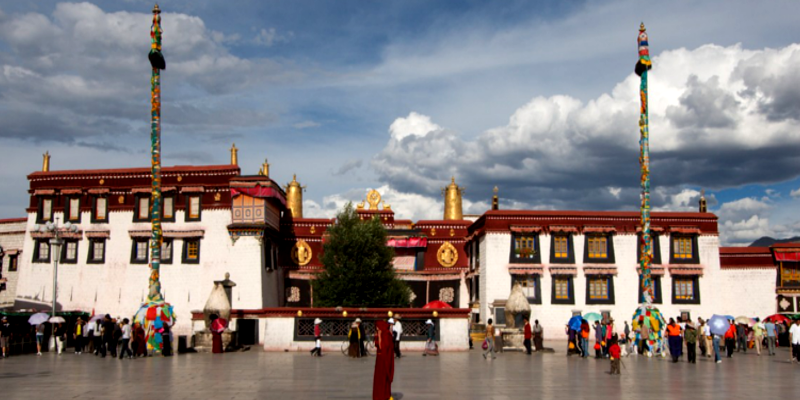
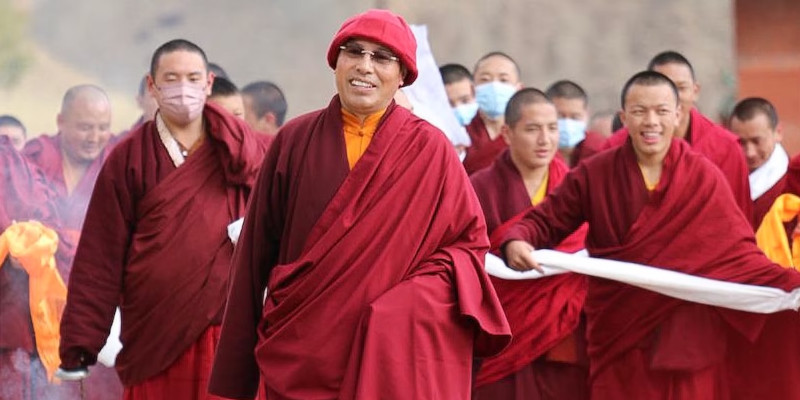

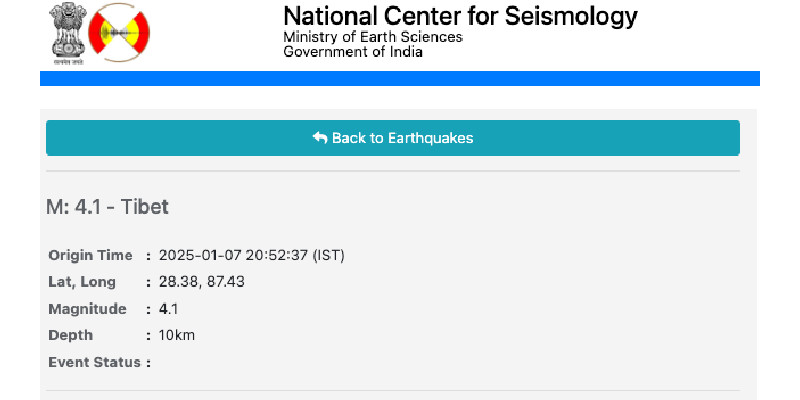
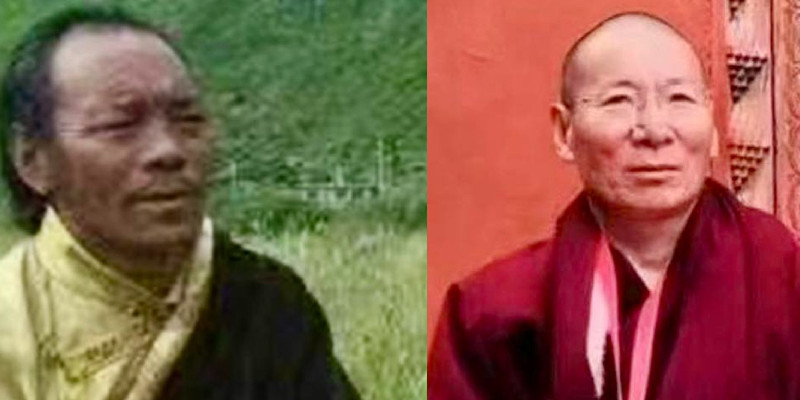
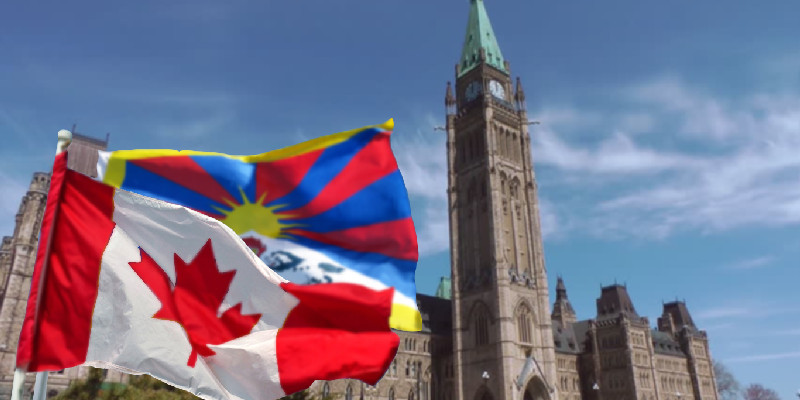
Leave a Reply